 Named after Alexander the Great’s father, Philippi is about 8 miles inland from Neapolis on the coast of Macedonia. Paul came to Philippi on his second missionary journey, after seeing a vision of a Macedonian man appealing to him for help.
Named after Alexander the Great’s father, Philippi is about 8 miles inland from Neapolis on the coast of Macedonia. Paul came to Philippi on his second missionary journey, after seeing a vision of a Macedonian man appealing to him for help.
Philippi is probably best remembered as the place where Paul and Silas were thrown in jail. It was in jail, with their backs bloodied and scarred from 39 lashes, that they decided to sing praises to God. (Note to self: singing in the jail trumps singing in the rain.)
And we remember the rest of the story: the jailer and his whole household believed and were ushered into the kingdom of God.
Various churches have been built over sites in Philippi to commemorate the city. None are standing today.
Click here for a GoogleMap of the area.
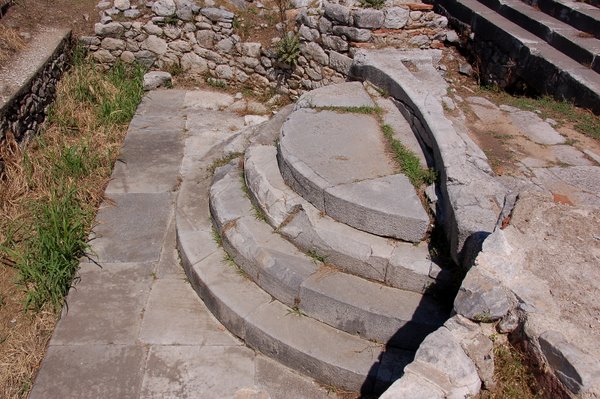 |
Ancient Philippi is is divided into two sections, west and east, by a modern road that runs along side (and sometimes on top of) the ancient Ignatian Way – the road that Paul traveled on.We went to the eastern (higher) 1/2 first. |
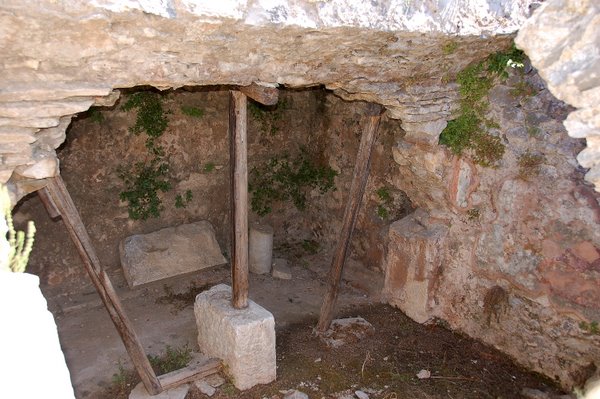 |
Here’s the jail that Paul and Silas (supposedly) were kept in. |
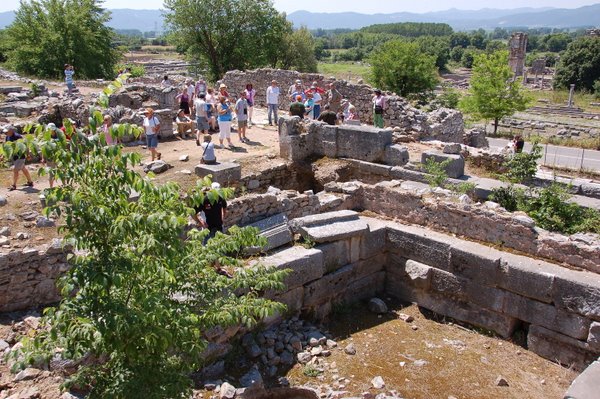 |
Here’s a view to the west of the upper portion of Philippi, with the lower (western) portion off in the distance in the right portion of the photo. The jail is right behind the lady in the green pants.On the right side of the photo, you can see the road that separates the upper portion of Philippi from the lower portion. |
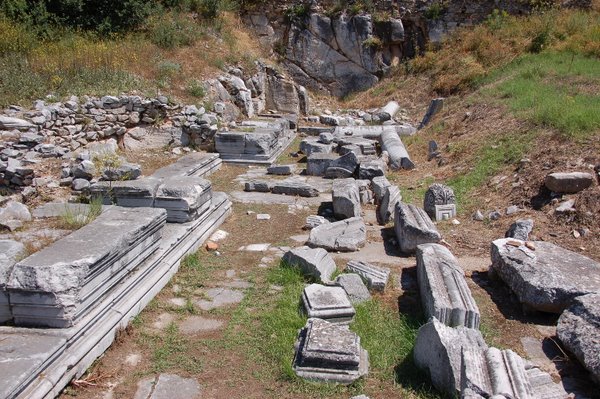 |
|
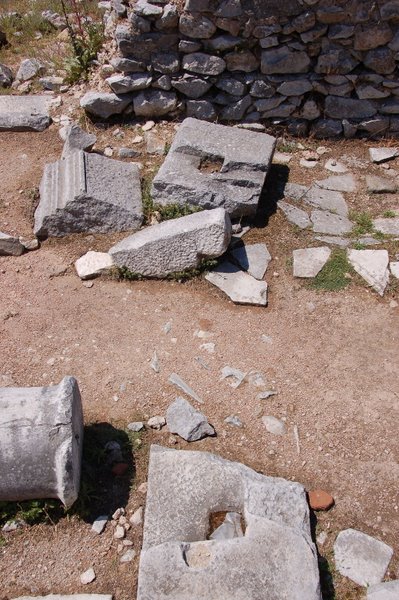 |
The square holes are door hinges. I guess they had saloon-styled doors back then too. |
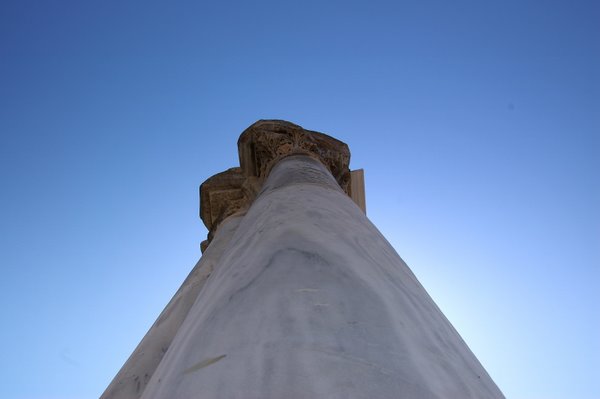 |
|
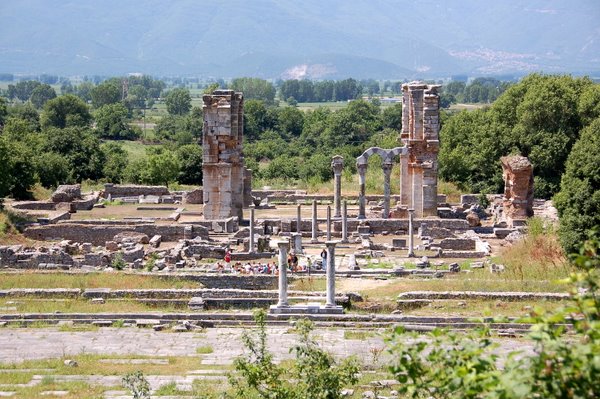 |
Here’s the Byzantine basilica in the lower half of Philippi, as viewed from across the road at the upper half. |
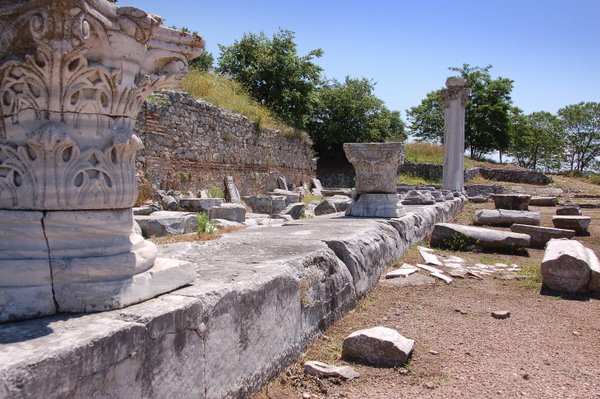 |
|
 |
This guy is about 6″ long. Yummy! |
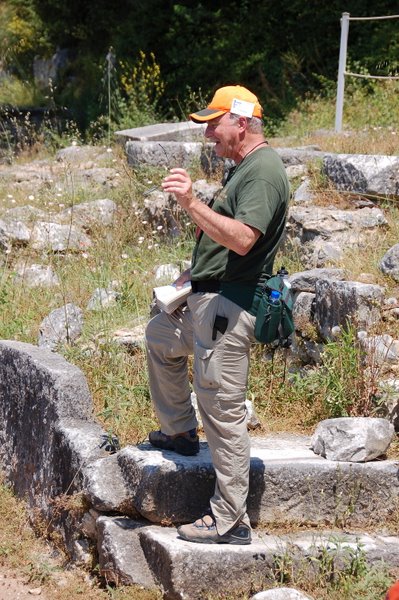 |
We’re now on the lower 1/2 of Philippi.These are the steps that led up to the Bema Seat. |
 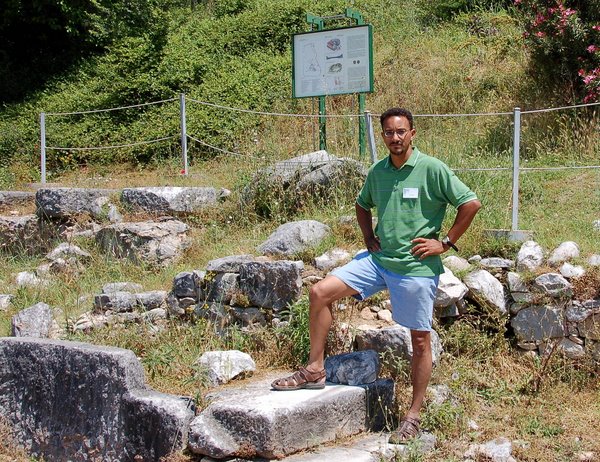 |
Our tour guide, Rena. And some other guy on the Bema Seat steps. |
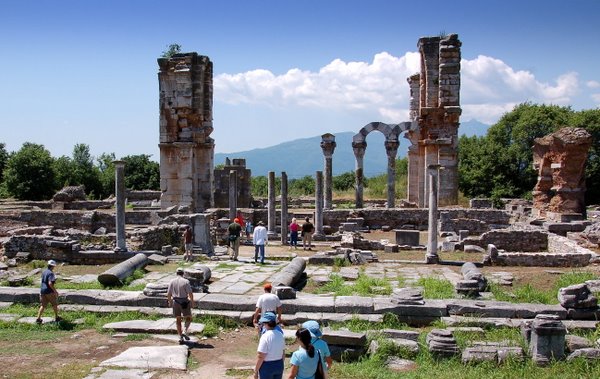 |
These pillars are probably a good 80′ tall. |
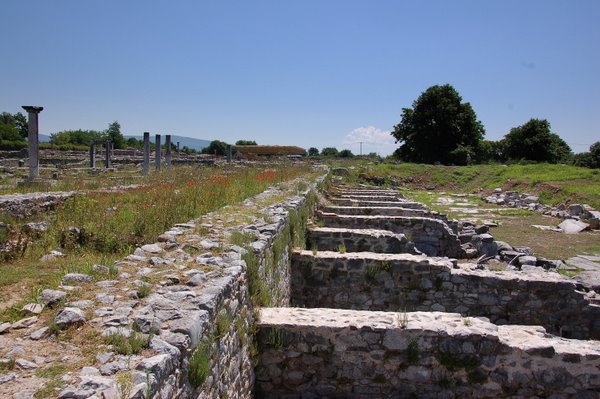 |
Ancient shops. |
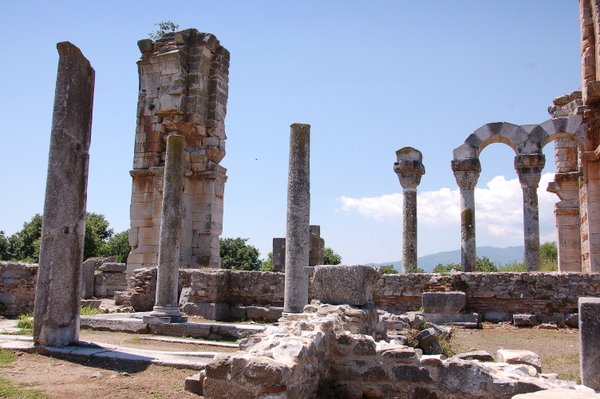 |
|
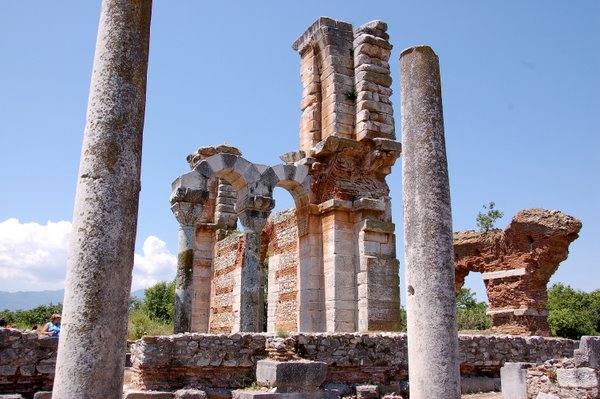 |
|
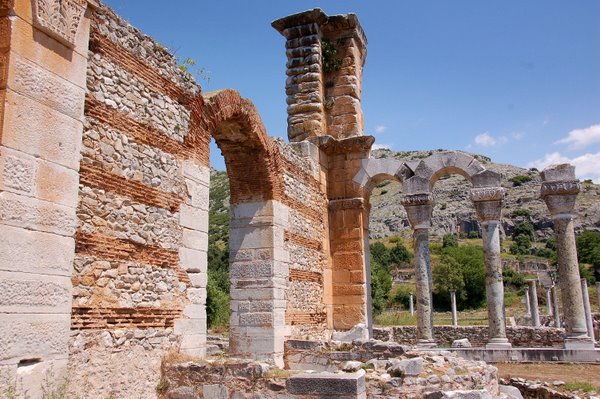 |
|
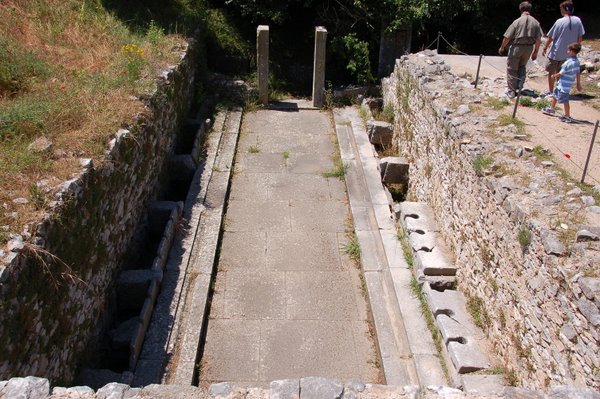 |
In the southwest corner of Philippi is a set of public toilets. Both men and women used the same facilities, with no dividing partition to separate the men’s section from the women’s section. Running water would run underneath the seats and push waste downhill.Back in Paul’s day, there would have been a roof over this room. |
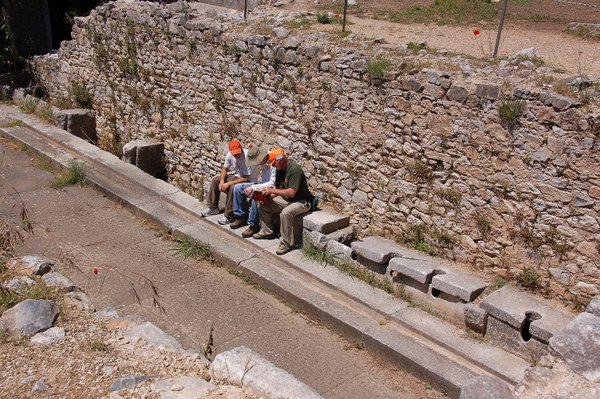 |
While you were tending to nature, I suppose you could multi-task and also conduct business. |
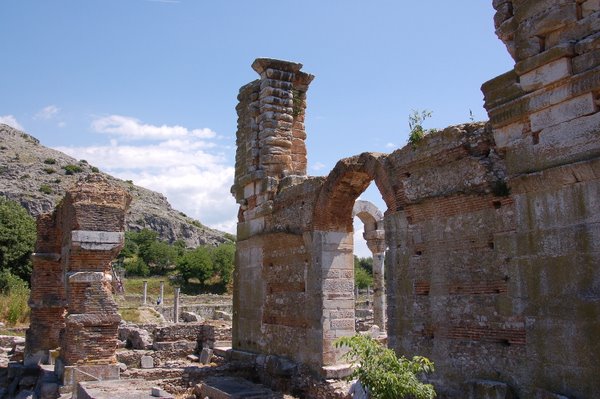 |
|
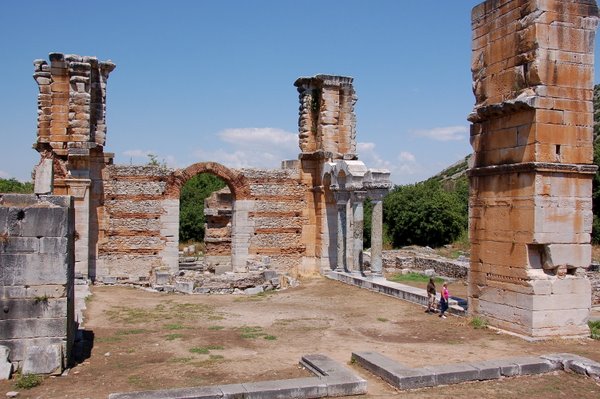 |
This photo gives you an idea of how massive these pillars really are. This used to be a Byzantine church, and I believe it dates to about the 4th century AD. |
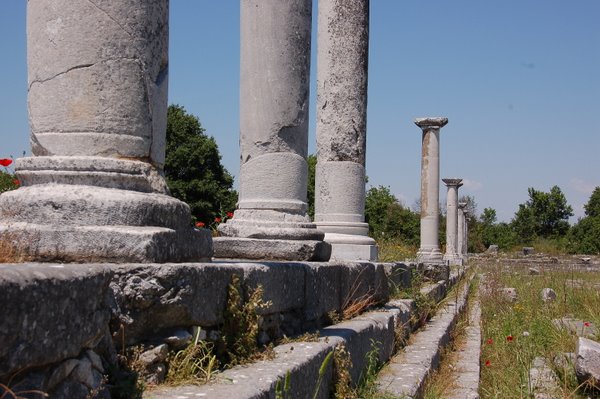 |
|
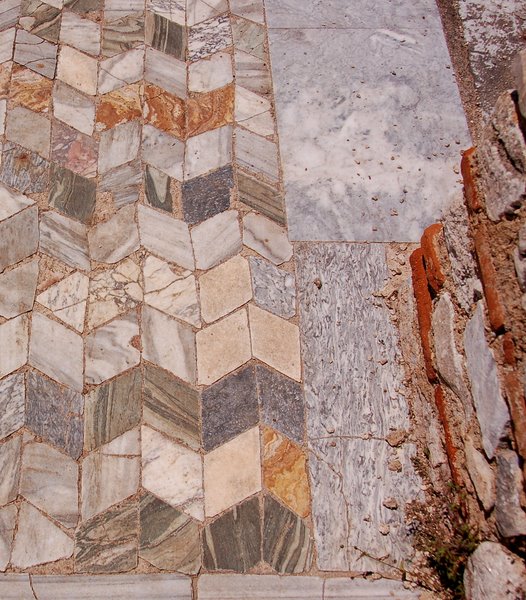 |
Nice tile work on the floors. |
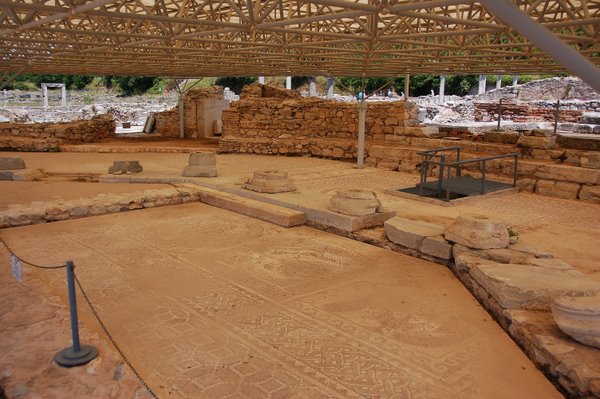 |
Part of the ruins was still undergoing archaeological work. |
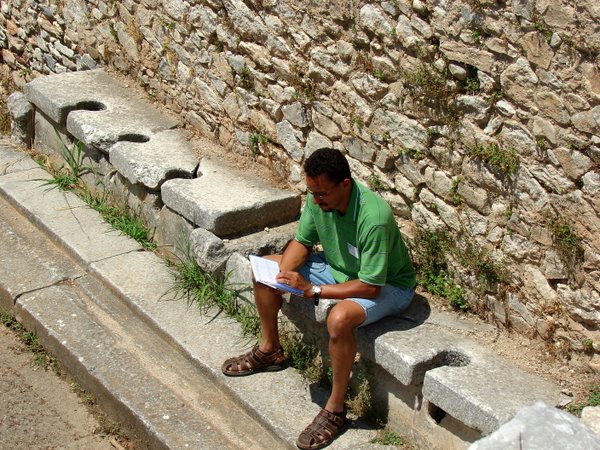 |
Everybody has to take a break now and then… |
A video view of Philippi
<
